There is one book, written in 1965 by James Webb Young, I have recommended to anyone interested in public relations or any discipline within the marketing services industry. Actually, this book can benefit anyone who is interested in creating new ideas, or understanding how powerful innovations evolve.
James Webb Young was a driving force behind the creation of the modern advertising industry, and he is one of the industry’s most honored educators and practitioners. His book, a quick and simple read, centers around one topic: creating ideas. The title is “A Technique for Producing Ideas,” and I must thank Miles Young, former CEO of Ogilvy, for the introduction. I attended a training in the early 2000’s conducted by Miles, and it was one of those sessions that helped me throughout my career identify, understand, create, judge, embrace and execute powerful ideas.
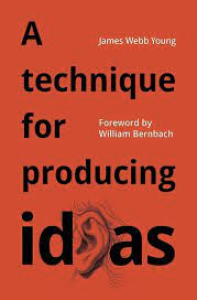
The core focus of the book is centered around the technical definition of what an idea is. According to Webb, that being, “An idea is a new combination of old elements.”
The famous American writer and humorist, Mark Twain, summed this up the best.
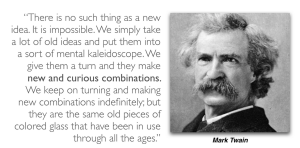
I have been reflecting on this a lot given a few inspiring documentaries I have seen recently, and an author I’ve really enjoyed.
In understanding this “definition of an idea” concept, I am reminded of the famous American Express campaign from 1987 around “Membership Has Its Privileges” featuring the combination of basketball star, Wilt Chamberlain, and the famous jockey, Willy Shoemaker. I remember thinking what a fantastic idea featuring two respected people, exact opposites, from different walks of life, into its “Membership” campaign. That iconic image is here:
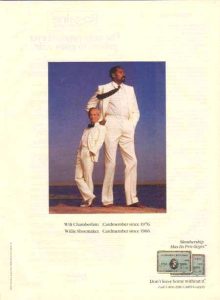
Twelve years earlier, in 1975, rock and roll fans around the world were introduced to an idea in music that few musicians considered. Creating a new combination of mixing traditional rock & roll with opera, Queen recorded the masterpiece, Bohemian Rhapsody. This song, that no music producer wanted to support at the time given its length and genre, ended up becoming a massive hit then, and is one of the great classics from my youth. Here is Queen singing an abbreviated version at Live Aid in 1985.
The above are two simple and very successful examples of James Webb Young’s definition, new combinations of old elements.
I thought about this definition a lot recently as Lisa and I watched a few inspiring documentaries I highly recommend to the Monday Morning Mojo community. The first was “The Greatest Night in Pop”, which is a documentary by Director Bao Nguyen, depicting the one night in 1985 many of this century’s greatest artists came together to create a song to address famine relief in Africa. The song ended up generating some $50 million in donations and received a Grammy for song of the year. That song is here:
According to one critic from the Washington Post, “’Never’ is the word I would use to describe how often I’ve watched a film of any sort and smiled like an idiot all the way to the end. Sure, I’ve laughed, cried, mused, or become deeply depressed while allowing directors to have their way with me for an hour or two. But smiling alone in a cozy room transfixed by a TV is not a default mode I would cop to.’”
This combination of a song created by a collection of the world’s greatest artists in one continent to end famine in another is a powerful idea for sure, and there are results to show for it.
The second inspiring film called, Full Circle, by Josh Berman, is a breathtaking testament to resilience and the pursuit of passion against all odds. Through the captivating stories of Trevor Kennison and Barry Corbet, the film beautifully illustrates the transformative power of the human spirit. Both Kennison and Corbet were avid skiers and outdoorsmen, who suffered from spinal cord injuries confining them both to wheelchairs for life. Both did not let their tragedy limit their abilities, and went on to accomplish many great feats.
The idea: Para-alpine skiing. With the development of equipment that can be used on snow and ice, the sit ski and the mono ski have enabled wheelchair users and other disabled people to fly down mountains at speed. If you have a moment, check out the inspiring stories of Kennison and Corbet.
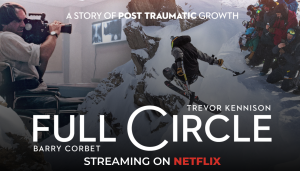
Technology has come so far that at ski resorts now visitors can compete for how many runs they take, and how much vertical they ski. At 64 years-old, my highly competitive brother, Brian, recorded the most vertical at Jackson Hole in Wyoming last month. The idea of a 64-year-old skiing 51,000 vertical feet is a crazy idea in my book, and I figured I would share his results here. Congratulations Brian. Here is Brian jumping off Corbet’s Couloir during an earlier trip to Jackson Hole.
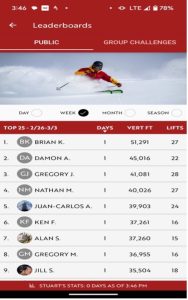

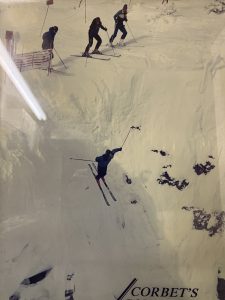
Finally, in the category of great authors/books, I have begun to read several books by John McPhee as a result of reading a great piece he wrote in the New Yorker about Bill Bradley, the former NBA professional basketball player and US Senator. John McPhee is an American writer, considered one of the great pioneers of creative nonfiction, and a four-time finalist for the Pulitzer Prize. Last month I read his book “Levels of the Game,” where he documents a tennis match between Arthur Ashe and Clark Graebner in 1968, and delves into the interesting combination of the two of them competing at Forest Hills in New York.
It doesn’t matter if you like tennis or not, the way McPhee writes this provides a brilliant, stroke-by-stroke description of the match while examining the backgrounds and attitudes which have molded the players’ games.
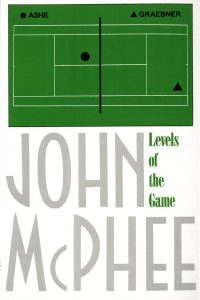
If you have not heard of McPhee or read his work, I highly recommend him.
That’s a wrap for this week’s Monday Morning Mojo. Thanks as always for reading and being part of this community. Have a great week ahead.


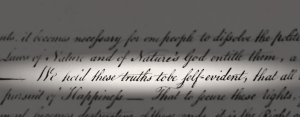

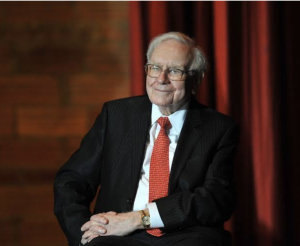
The Beatles are singing, “When I’m 64,” just for you, Brian. The review you did on Full Circle had me from beginning to end. Finally, thanks for Freddie & LiveAid. I’ve been a Queenie since 1974/75.